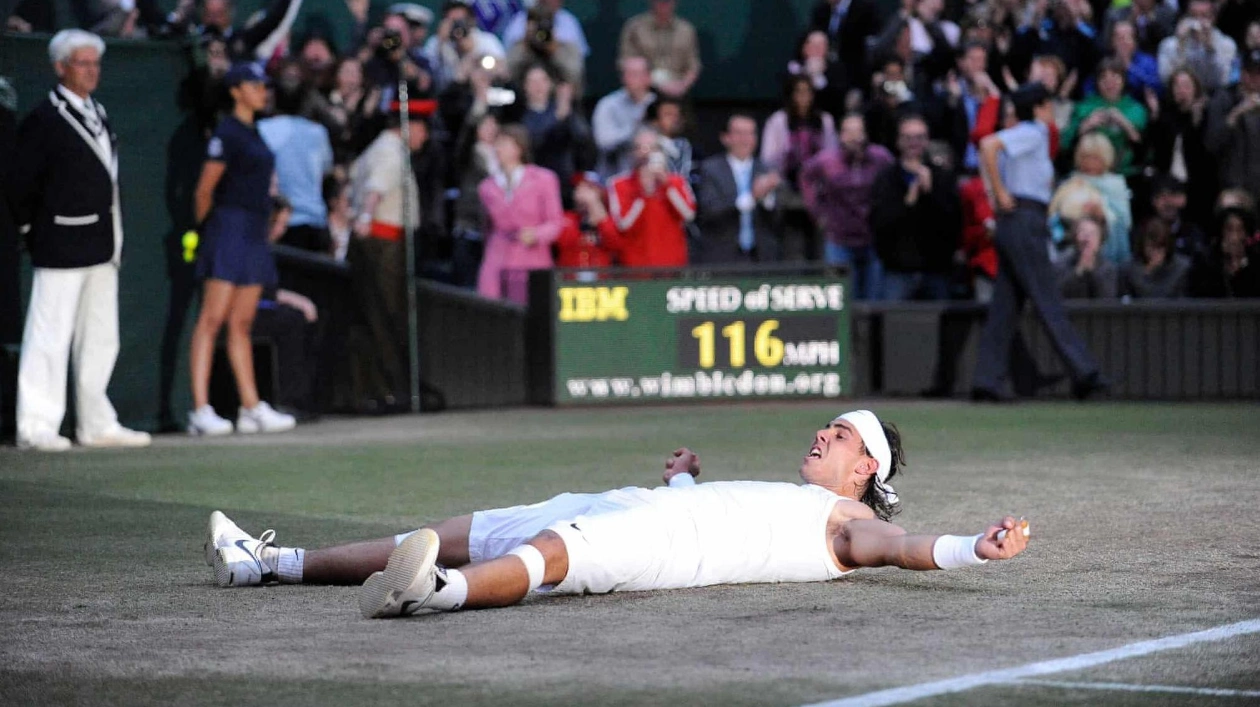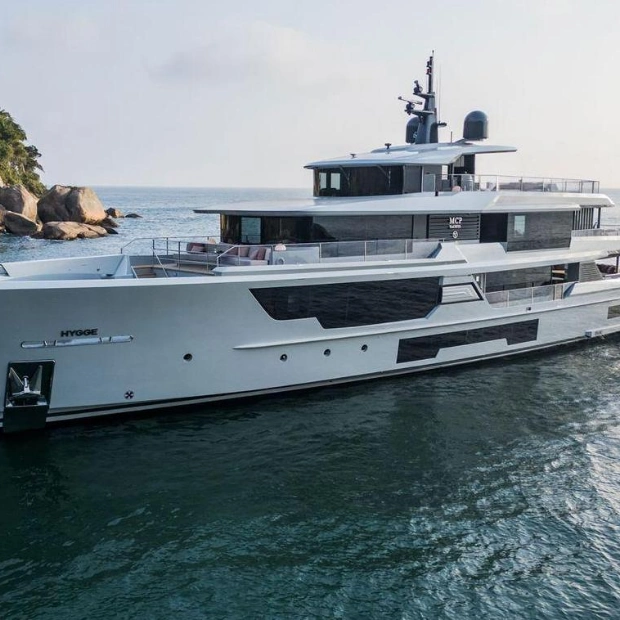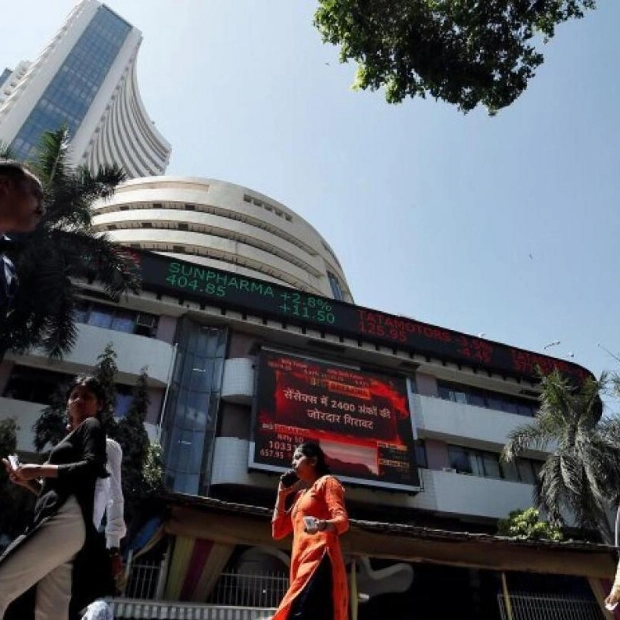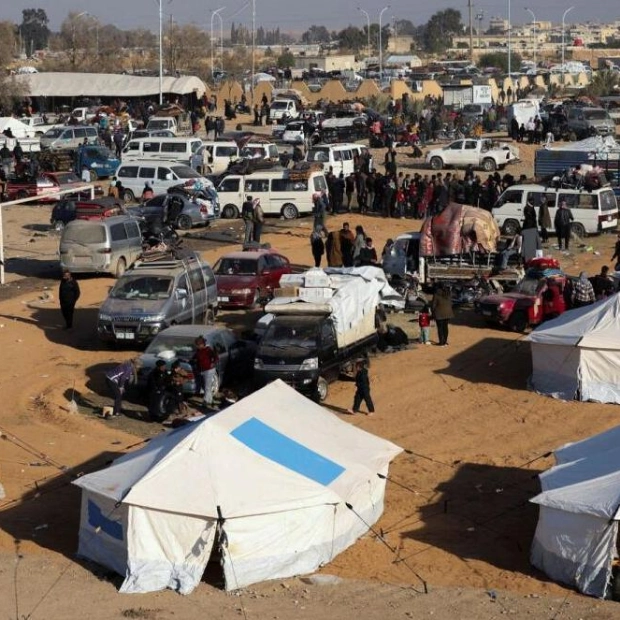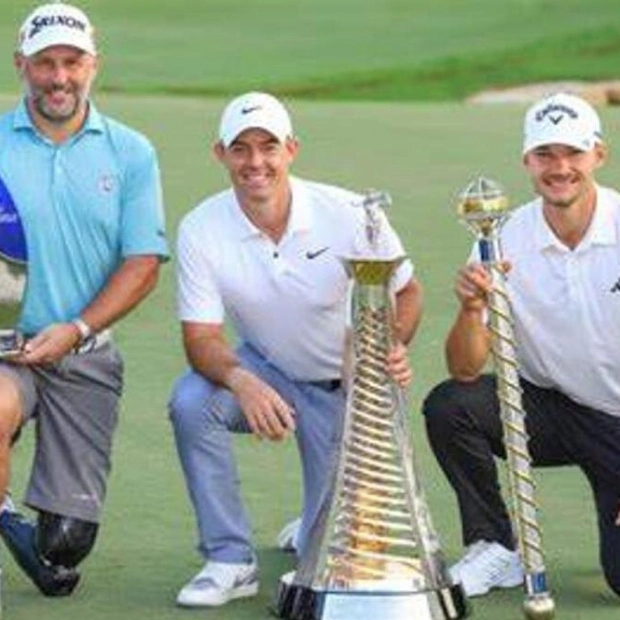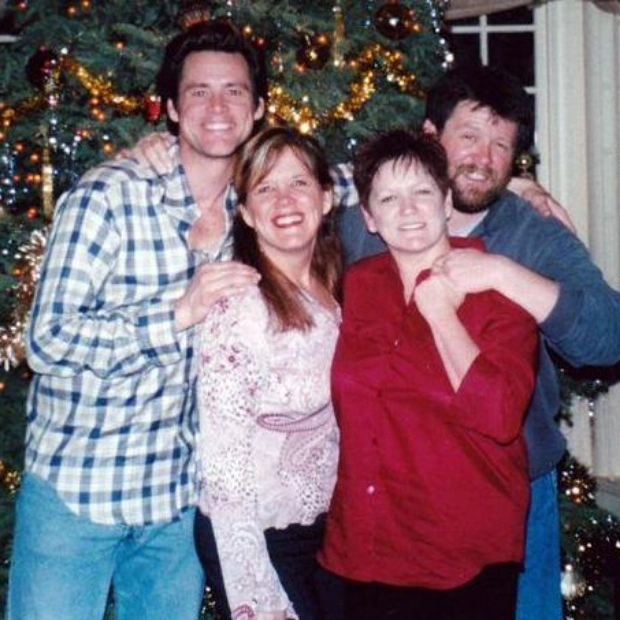Certain moments in sports transcend all others. For Rafael Nadal, such a moment occurred in the early evening at Wimbledon in 2008. As natural light dwindled, Roger Federer's final forehand found the net, and Nadal collapsed to the ground, his joy boundless. At just 22, the Spaniard became Wimbledon's champion, a feat many believed was beyond his reach. In that instant, Nadal transformed into a true superstar. Already nearly invincible on clay, the notion that he could defeat Federer on the Swiss's preferred surface, where he had reigned supreme for five consecutive years, seemed far-fetched. Yet, Nadal turned tennis logic upside down, permanently altering the game's landscape. Two years later, he claimed Wimbledon again and later that year, the US Open. He became only the seventh man to achieve the career Grand Slam of all four majors, and the youngest in the Open era.
Now, at 38, with his body no longer permitting him to vie for the sport's top honors, Nadal's retirement may have been inevitable, but it does not diminish its significance. With 22 Grand Slam titles, including 14 French Open victories, and 92 tournament wins worldwide, his legacy is secure. He spent 209 weeks as the world No. 1 and was ranked within the top 10 for a record 912 consecutive weeks, a testament to his prowess not just with a racket but also his resilience in the face of numerous injuries throughout his career. His unique physicality was both his greatest asset and his eventual downfall.
Andrés Iniesta, the footballer who scored Spain's winning goal in the 2010 World Cup, considers Nadal the greatest sportsman in the country's history. It's a claim that might just be accurate. Certainly, his record of French Open titles seems unassailable. From his debut at Roland Garros in 2005, Nadal dominated clay-court tennis more than Björn Borg, a six-time champion, ever did. His ferocious topspin forehand, unparalleled movement, relentless tenacity, and impeccable attitude allowed him to overpower any opponent, including Federer and Novak Djokovic. He won 81 consecutive clay-court matches between 2005 and 2007 and lost only four times at Roland Garros, twice to Djokovic, once to Robin Soderling in 2009, and finally this year, when he was half-fit, to Alexander Zverev. The sound of the on-court announcer, Marc Maury, reciting Nadal's victorious French Open triumphs year by year, was as iconic as it was intimidating for his adversaries.
But Nadal was more than just a clay-court specialist. He won four US Opens and two Australian Opens, complementing his two Wimbledon victories and 14 French Opens. He continually adapted his game, increasing the pace of his serve, flattening his forehand, and enhancing his two-handed backhand. Naturally right-handed, some players likened facing Nadal to confronting a player with two forehands. His net play was second to none. Some of the shots he executed were almost beyond description, his remarkable court coverage and strength at full range making anything possible, regardless of his position. Sometimes he stood far back to return serve, yet by the time his opponent struck the next shot, he was already on the baseline, taking command. His footwork, scrambling around his backhand to deliver forehands with venom and precision, was awe-inspiring.
If the 1970s saw Borg, Jimmy Connors, and John McEnroe, aided by the expansion of television coverage, elevate tennis to box office status, Nadal, Federer, and Djokovic took the sport to new heights. Together, the trio has won 66 Grand Slams and dominated the sport to such an extent that only a select few, including Andy Murray, could even get a foothold in the majors. They were faster, fitter, and superior. The contrast in styles between Nadal's power and defense and Federer's seemingly effortless aggression produced breathtaking contests. The pair met 40 times, with Nadal winning 24, leading 10-4 in Grand Slams. He played Djokovic even more frequently, with the Serbian ultimately leading 31-29. If Nadal does not compete in singles at the Davis Cup in Malaga next month, his final event, his last-ever singles match will have been against Djokovic at the Olympics in Paris this summer.
As with Federer, it's difficult to envision a tennis world without Nadal. His forehand up the line is forever etched in memory, his impeccable attitude and the way he treated everyone, from opponents to the media, setting an example for all. As Darren Cahill, one of the sport's leading coaches, stated on social media, Nadal was the ultimate role model. 'He possessed every quality in an athlete that you want for your own kids to emulate. Kindness, respect, hard-working, loyal, generous, belief, and a willingness to fight for every single point. A role model, an inspiration to every generation, and an all-time legend.' With Nadal's imminent departure, the golden era is truly over. With Federer having retired two years ago and Nadal heading to a nearby golf course, Djokovic remains the last of the three. The Serbian may well add to his 24 Grand Slam titles, even if Jannik Sinner and Carlos Alcaraz, who shared the majors in 2024, make that increasingly challenging. But Nadal leaves tennis as one of the all-time greats and someone who changed the sport for the better. Few can claim that.
